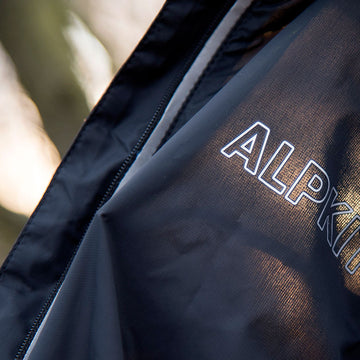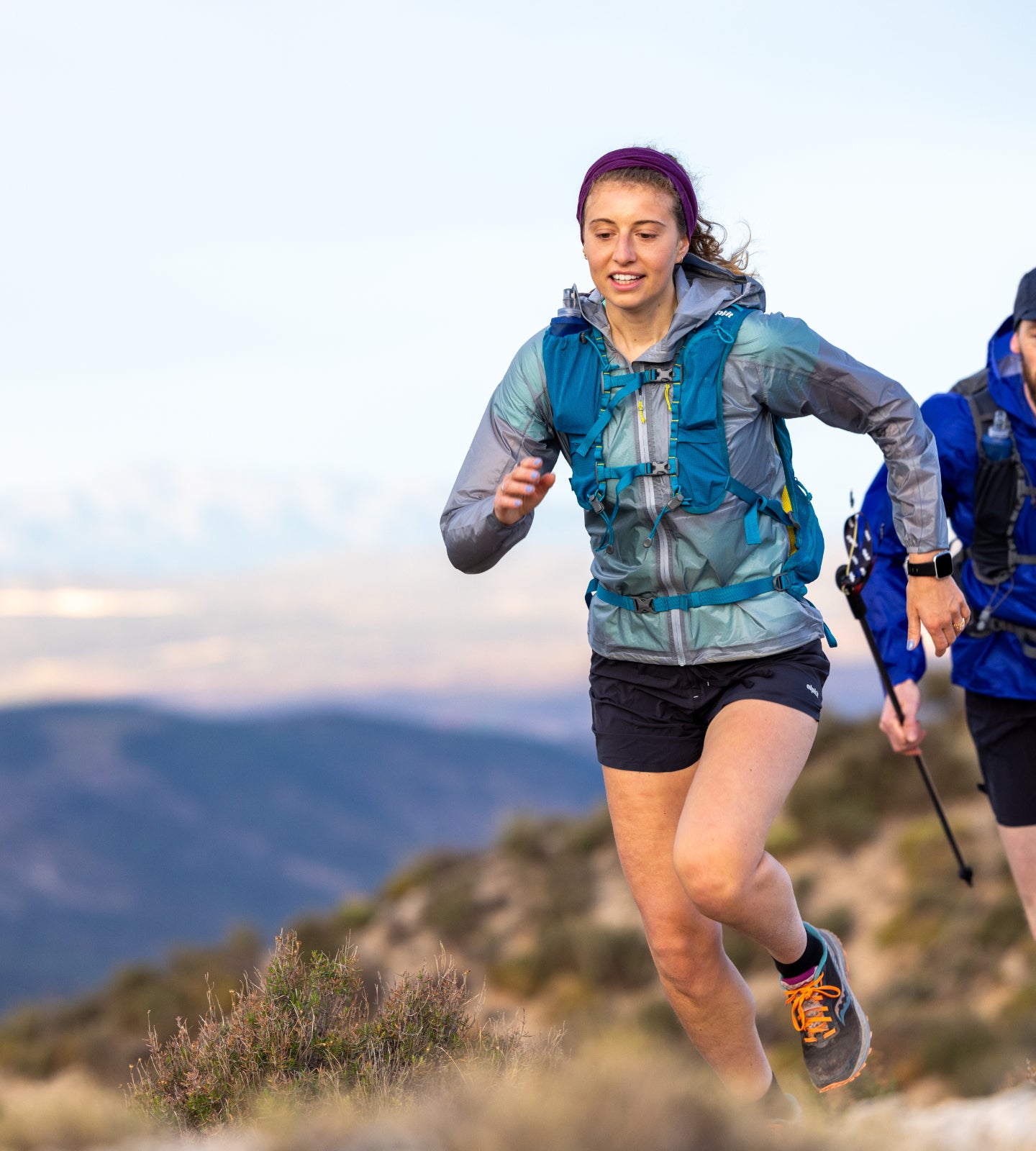
Stay protected on the trail with our guide to waterproof and windproof gear. Find the best jackets and layers for wet and windy runs.
Running in the rain is good for us. Scientists believe it is something to do with the negative ions. Through some magic that no one quite understands, it is thought that these mysterious thingies boost our mood, relieve stress and energise us.
Remember that next time you are staring out of the window, trying to convince yourself to pull on your runners. But if that is not enough encouragement, don't despair. There is always the trusty waterproof!
Your first line of defence for trail running: the shell
We have an odd relationship with our running shells. Running is an aerobic sport and we generate a lot of heat while running. We generally reach for our shells only when we really need to. On a short run the heat we generate may maintain our comfort, or at least we are able to bear the discomfort. On longer runs, or trail runs in more remote terrain a shell is more than just another piece of trail running gear.
For some running events, such mountain marathons, a waterproof will be a mandatory piece of safety kit. So lets not stuff a cheap pvc coated nylon anorak in the bottom of our bags just in case. Lets choose a really good running shell, a hero that will shield you from the elements, so you can complete your route in safety.
Make or break running comfort
Trail running is a dynamic activity influenced by numerous factors. Let's run through each of these to see how a well-chosen shell can protect you from wind and rain.
Environment: Trails are unpredictable. Rocky paths, dense woodlands, and open hillsides all pose different challenges. A versatile shell adapts to these environments, offering protection without restricting movement.
Weather: Rain, wind, and temperature fluctuations are par for the course. A good shell resists water and wind while allowing your body to breathe, preventing that boil in the bag feeling.
Intensity: Running uphill in a downpour is a different proposition than a gentle jog on a dry day. Your shell should be lightweight and breathable, able to handle varying levels of exertion without causing you to overheat.
Rucksacks: A poorly fitted shell can bunch up or restrict your movement when wearing a rucksack. Look for designs that integrate well with your pack, offering freedom without compromising protection and maintaining access to zips.
Season: We don't stop running at the end of summer. Each season brings a new set of delights. In winter, you need more insulation, while in summer, you need maximum breathability.
Fit: An ill-fitting shell can chafe and distract you. Prioritise a fit that offers a balance between snugness and freedom of movement, allowing layers underneath without feeling bulky. Fabrics that rustle will just annoy you, the best running shells have a soft touch with stretch built in.
Duration: Long runs require durable shells that can withstand prolonged exposure to the elements. Features like adjustable hoods, cuffs, and ventilation zips become crucial. Packability shouldn't be an afterthought. It should pack down small into your running sack or waist bag.
Do I really need a waterproof for running?
Think of shells and you might think of slow moving creatures like snails and tortoises. Now, that's an image far removed from you in full flow, but what it does give you is a good degree of protection when external factors turn against you.
Imagine the peace of mind, knowing your shell can handle any situation. There could be any number of reasons why you have to slow down, or even seek shelter. Trail runners have to carry the same personal responsibilities as hikers. If you are out in the wilderness you need to be self-sufficient when things don't go to plan A.
Your shell is just part of your layering system
Your shell is the outer layer of a smart layering system. A well-thought-out layering system means you can adapt to any weather, maintaining comfort and performance. The base layer wicks moisture, the mid-layer provides insulation, and the shell protects against the elements. This synergy is crucial for effective temperature regulation.
Material choices and when to use them
The three main superpowers we are looking for are: windproof, waterproof and breathable. You will no-doubt recognise high street names like GoreTex, but we are independent so we get to choose the best fabrics we can find. Most of the time these are not always from the brands with the biggest marketing budget. I am also going to throw in a wildcard for winter runners which is the fiberpile jacket, which although not strictly waterproof somehow just works at keeping you comfortable in really dire weather.
Environmental considerations
Sustainability matters. Opt for shells made from recycled materials or those with a lower environmental impact. Our commitment to sustainability means creating high-performance gear that respects the planet. We have been and the forefront of introducing 100% recycled fabrics and PFC-Free DWR treatments.
Trail running waterproofs and windproofs
We offers several trail running shells designed for movement. The Gravitas Jacket, ultra-lightweight and highly packable, is perfect for unpredictable weather. 100% recycled nylon face fabric and PFC-Free DWR treatment this 3-layer jacket weighs just 200 grams (we didn't miss off a zero). The Pulsar Smock balances breathability and waterproofing, ideal for high-intensity runs. Lightweight2.5-layer fabric with high stretch and high comfort with a PFC-free DWR.
With Pulsar we searched high and low for a premium fabric that would keep you comfortable when working hard. We found it in Japan; a high stretch, 2.5-layer material that ticked all the boxes. Lightweight, made for movement, soft touch, waterproof, breathable and rustle-free when moving quickly..
The Arro lightweight windshirt is highly packable; a versatile layer for beating windchill without much weight or bulk. Engineered as a windproof, it has a PFC free DWR for misty runs. If you like the idea of a lightweight, breathable shell but prefer to have some zoned grid fleece insulation then the Morphosis fleece-lined windproof jacket will be your best friend. It works really well directly over a baselayer and is superb for high output activities like trail running.
And finally my wildcard, the Jura pile fleece-lined windproof smock. Now I know I will be mocked by my colleagues, as this is designed to be a mountain jacket. but in deep winter I like to be warm and I will take the chance on being too warm rather than too cold. It can be worn direct over your naked skin, and with pit to hem side vents you can dump excess heat quickly. It has got me out of the house in some rotten weather. YMMV.
The fundamental role of the shell in your layering system
Choosing the right shell isn’t just a nice-to-have; it's essential. It ensures your entire layering system works as intended, providing comfort, protection, and performance.
Comfort should not be seen as a luxury, it's a necessity. Equip yourself with the right shell, and you’re not just more prepared for your run; you’re setting yourself up to enjoy every stride, no matter what the weather throws at you.



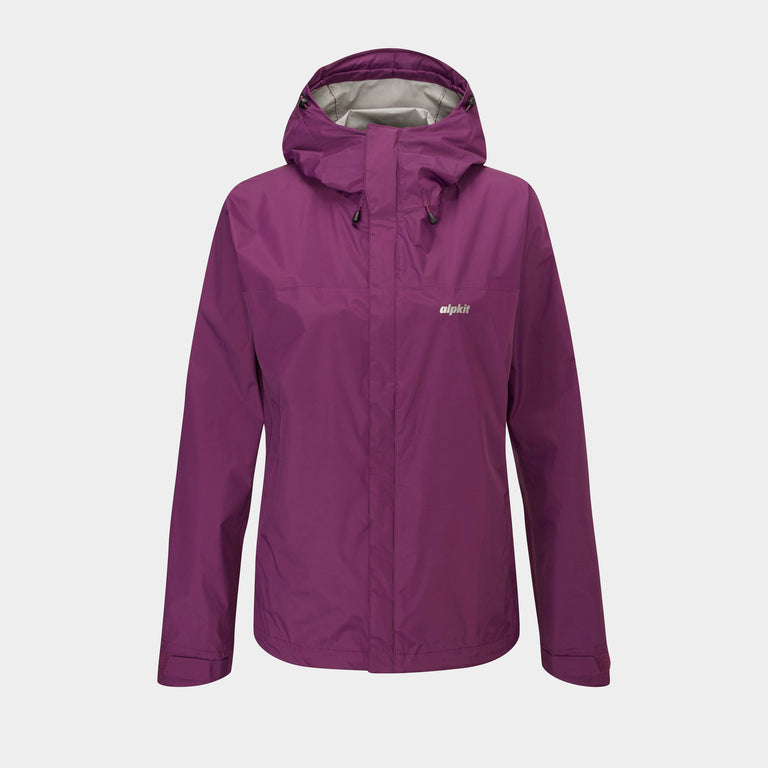
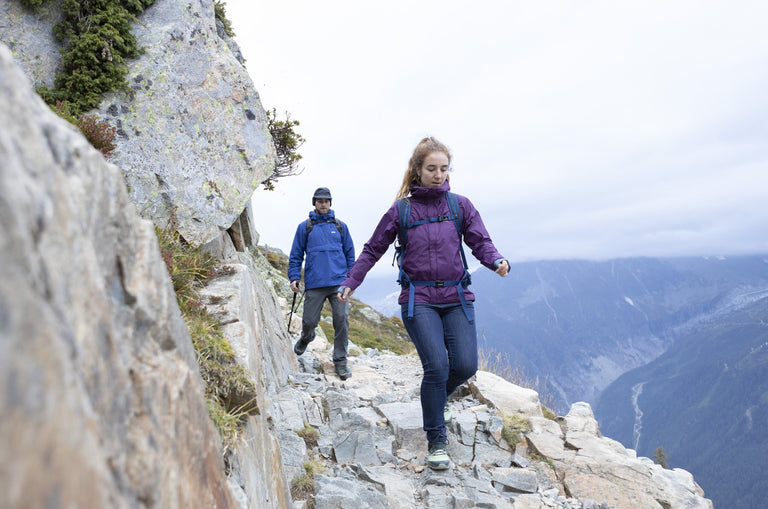

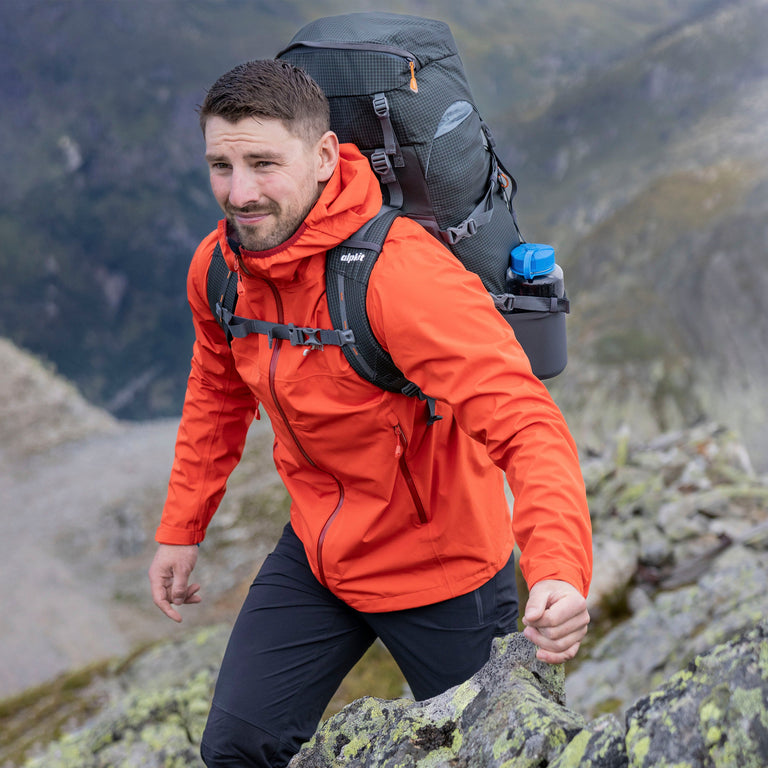
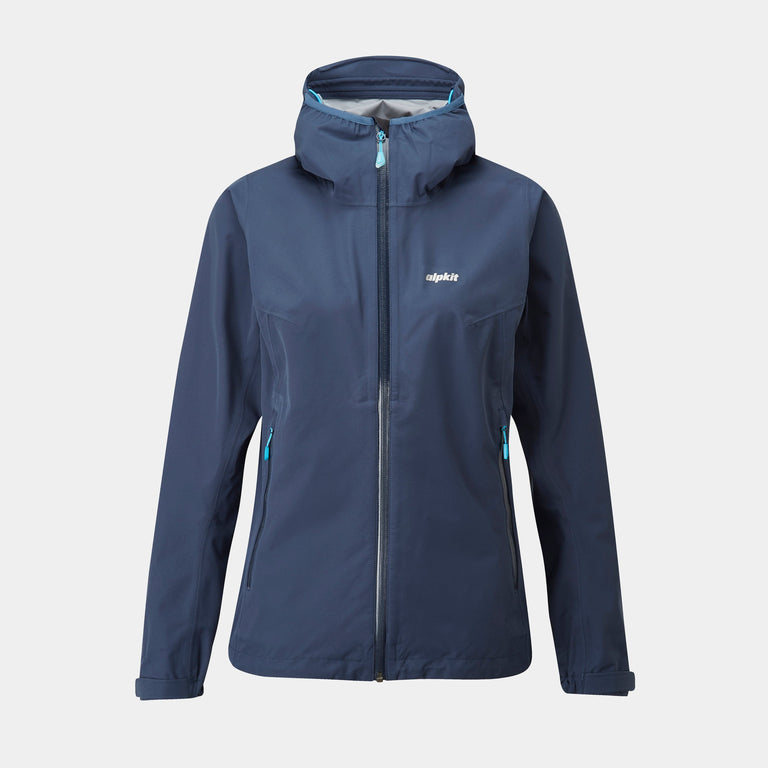
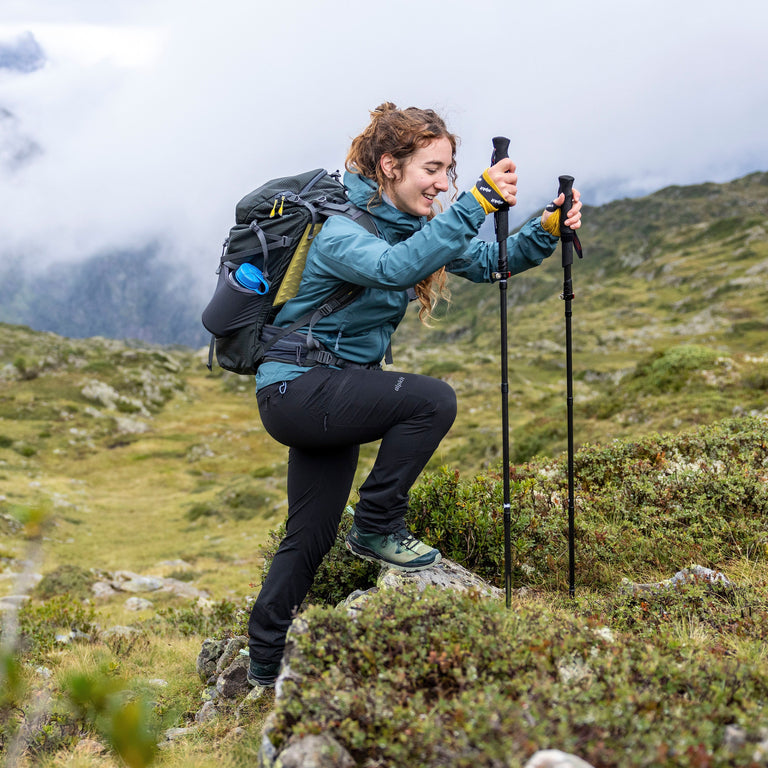
![Gravitas [Mens]](http://alpkit.com/cdn/shop/files/mens-gravitas-2025-chilli.jpg?v=1764948171&width=768)
![Gravitas [Mens]](http://alpkit.com/cdn/shop/files/gravitas-location-1-RETOUCH.jpg?v=1765452161&width=768)
![Gravitas [Womens]](http://alpkit.com/cdn/shop/files/womens-gravitas-reef.jpg?v=1722461253&width=768)

![Fortitude [Mens]](http://alpkit.com/cdn/shop/files/fortitude-mens-2025-alder.jpg?v=1763659494&width=768)

![Fortitude [Womens]](http://alpkit.com/cdn/shop/files/fortitude-womens-2025-alder.jpg?v=1763659499&width=768)

![Balance [Mens]](http://alpkit.com/cdn/shop/files/balance-mens-2025-reef.jpg?v=1764160608&width=768)
![Balance [Mens]](http://alpkit.com/cdn/shop/files/Balance-mens-1.jpg?v=1767019620&width=768)
![Balance [Womens]](http://alpkit.com/cdn/shop/files/balance-womens-2025-black.jpg?v=1764160433&width=768)
![Balance [Womens]](http://alpkit.com/cdn/shop/files/Balance-womens-3.jpg?v=1765272052&width=768)
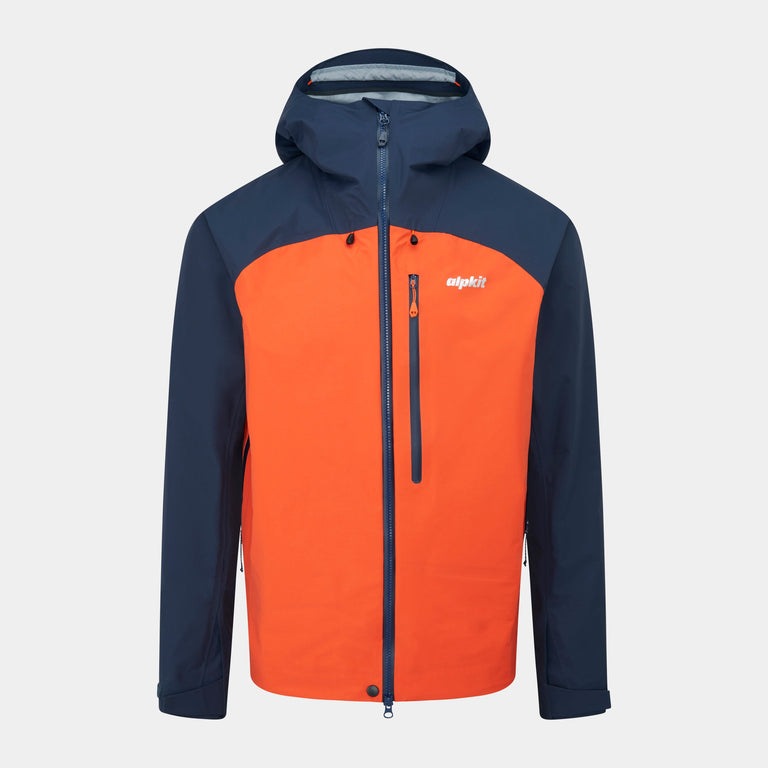
![Definition [Mens]](http://alpkit.com/cdn/shop/files/Definition-men-2.jpg?v=1760030579&width=768)

![Definition [Womens]](http://alpkit.com/cdn/shop/files/Definition-women-3.jpg?v=1764162500&width=768)
